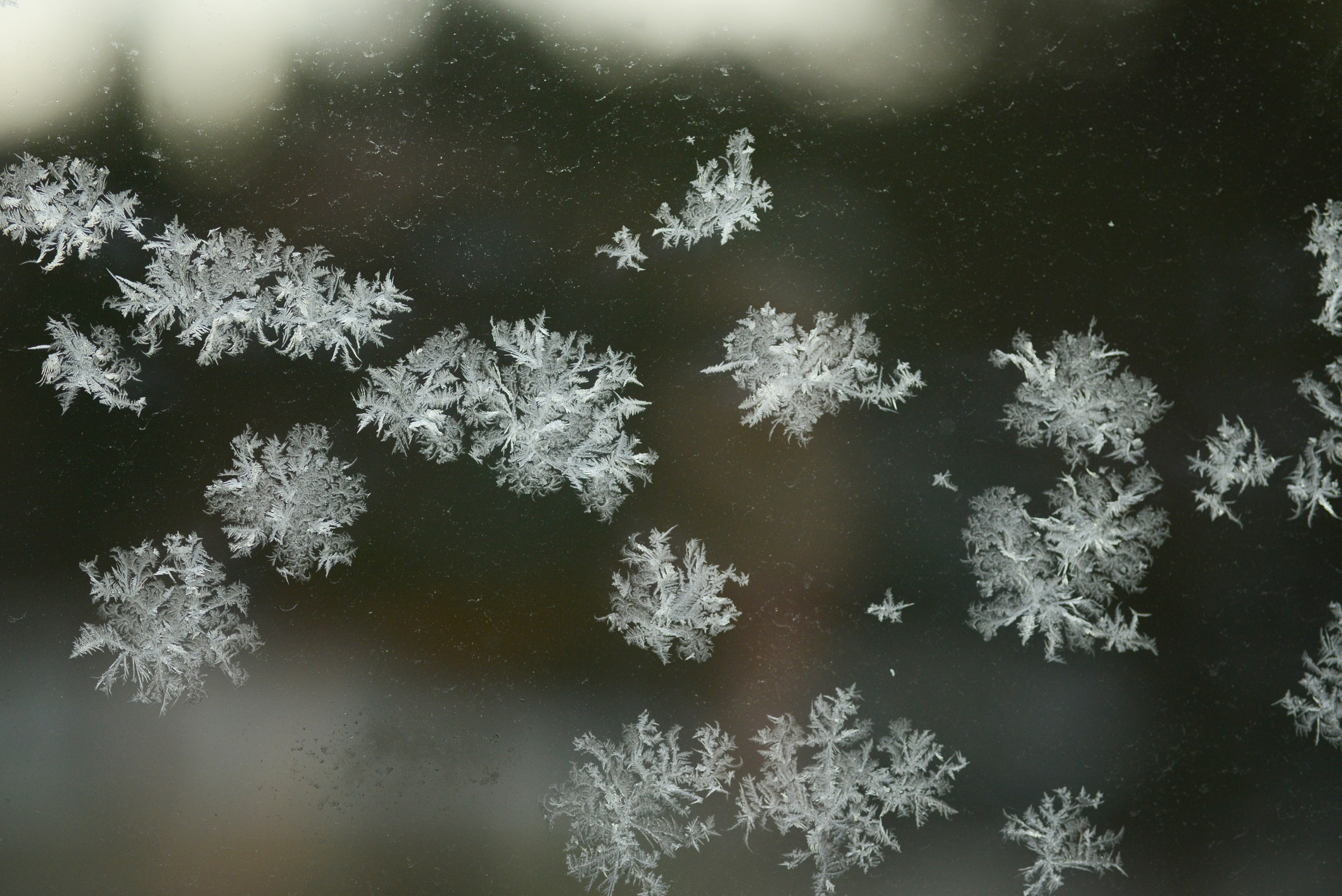Hurricane Milton has now become a dangerous Category 5 storm as it heads toward Florida, but what does that mean exactly?
The atypical storm strengthened from a Category 3 up to a Category 5 in a matter of hours Monday.
Hurricane categories are based on what is known as the Saffir-Simpson Hurricane Wind Scale.
The rating categorizes hurricanes on a scale of 1 to 5 based on sustained wind speeds, according to the National Weather Service.
"This scale estimates potential property damage," the NWS reports. "Hurricanes reaching Category 3 and higher are considered major hurricanes because of their potential for significant loss of life and damage. Category 1 and 2 storms are still dangerous, however, and require preventative measures."
The wind speeds are calculated using a one-minute average.
Here's how they break down:
| Category One Hurricane Winds 74-95 mph. Very dangerous winds will produce some damage |
| Category Two Hurricane Winds 96-110 mph. Extremely dangerous winds will cause extensive damage |
| Category Three Hurricane Winds 111-129 mph. Devastating damage will occur |
| Category Four Hurricane Winds 130-156 mph. Catastrophic damage will occur |
| Category Five Hurricane Winds 157 mph or higher. Catastrophic damage will occur |
For comparison, Hurricane Katrina of 2005 was a Category One hurricane when it made landfall in Florida, while Hurricane Andrew of 1992 made landfall in South Florida as a Category Five.
Weather
Feeling out of the loop? We'll catch you up on the Chicago news you need to know. Sign up for the weekly> Chicago Catch-Up newsletter.
In a Category Five storm, "a high percentage of framed homes will be destroyed, with total roof failure and wall collapse," according to the scale.
"Fallen trees and power poles will isolate residential areas. Power outages will last for weeks to possibly months. Most of the area will be uninhabitable for weeks or months," the description states.
Earlier this year, some experts proposed adding a Category 6 to the ranking for storms with winds that exceed 192 miles per hour, though no such category has been officially created so far.
Several experts told The Associated Press they don't think that category is necessary. They said it could even give the wrong signal to the public because it's based on wind speed, while water is by far the deadliest killer in hurricanes.
On the current track, Milton is forecast to reach peak intensity Tuesday morning. However, it is forecast to weaken as it approaches landfall, which would be late Wednesday between 6 p.m. ET (5 p.m. CT) and midnight (11 p.m. CT).
Milton's center could come ashore in the Tampa Bay area, and it could remain a hurricane as it moves across central Florida toward the Atlantic Ocean. That would largely spare other states ravaged by Helene, which killed at least 230 people on its path from Florida to the Appalachian Mountains.
A hurricane warning was issued for parts of Mexico’s Yucatan state, and much of Florida’s west coast was under hurricane and storm surge watches. Florida’s Lake Okeechobee, which often floods during intense storms, was also under a hurricane watch.
“This is the real deal here with Milton,” Tampa Mayor Jane Castor said at a news conference. “If you want to take on Mother Nature, she wins 100% of the time.”
Milton is a bit atypical since it formed so far west and is expected to cross the entire southern Gulf, according to Daniel Brown, a hurricane specialist at the center.
“It’s not uncommon to get a hurricane threat in October along the west coast of Florida, but forming all the way in the southwest Gulf and then striking Florida is a little bit more unusual,” Brown said. Most storms that form in October and hit Florida come from the Caribbean, not the southwestern Gulf, he said.
Forecasters warned of a possible 8- to 12-foot storm surge in Tampa Bay and said flash and river flooding could result from 5 to 10 inches of rain in mainland Florida and the Keys, with as much as 15 inches in places.
The Tampa Bay area is still cleaning up extensive damage from Helene and its powerful surge.



